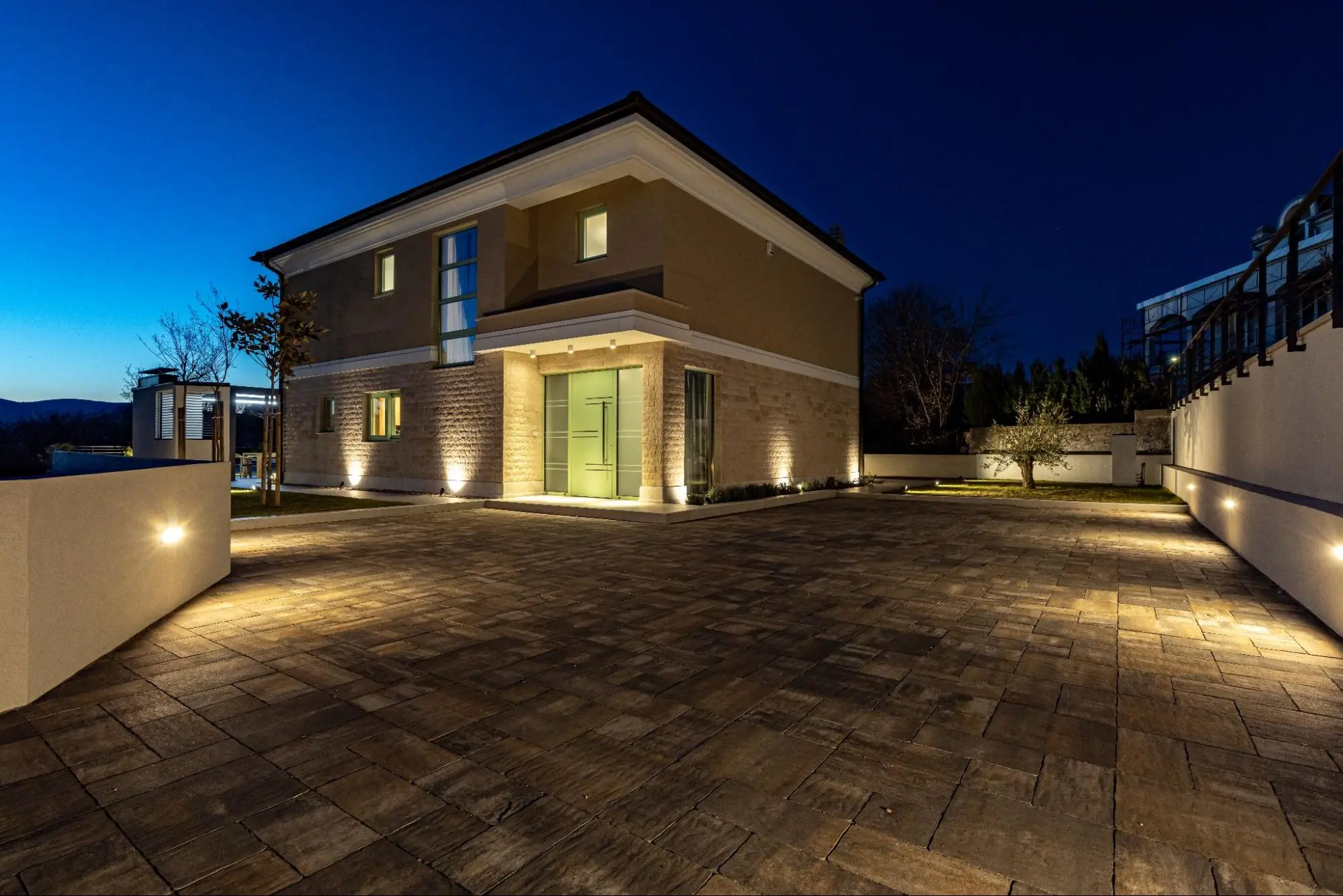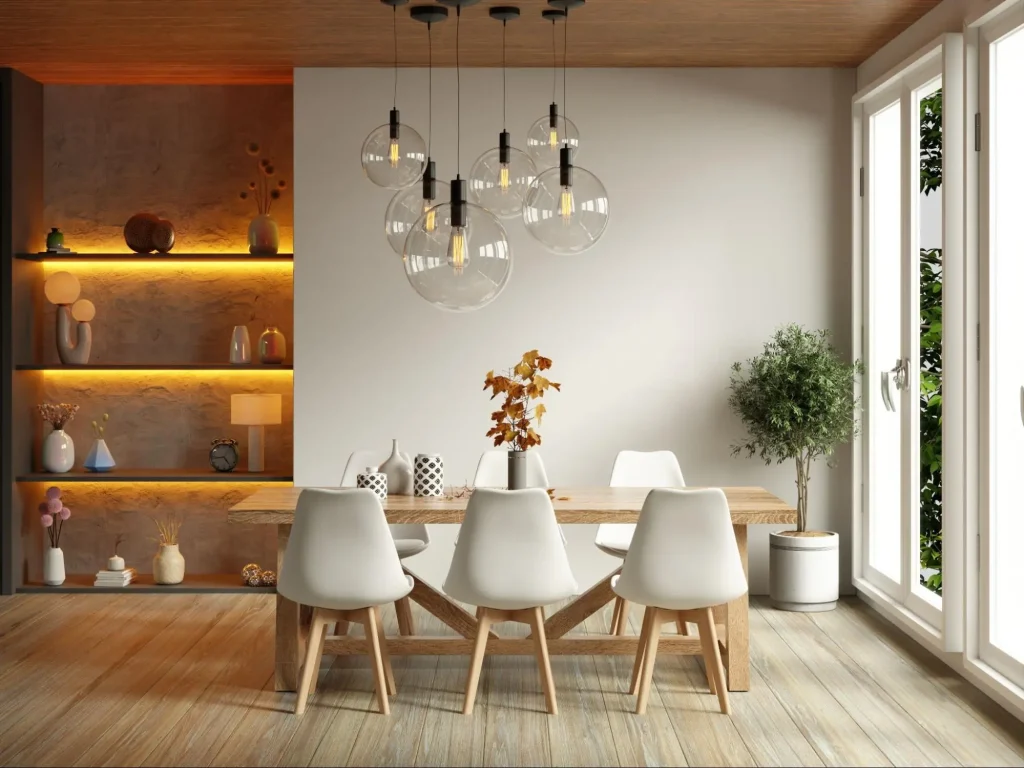
Making your home more energy-efficient is a smart way to save money and reduce your environmental impact. Simple improvements like plugging leaks, upgrading insulation, and installing low-flow fixtures can cut down on utility bills significantly. Many of these projects are easy enough to tackle on your own, helping you save even more.
Detailed projects may require some investment, but the long-term savings can be substantial. For example, investing in better windows or energy-efficient appliances can return your investment over time through lower energy costs. Is your air conditioning running all the time? Newer, efficient models can lower your electricity use, easing your monthly budget.
Whether you’re looking for small tweaks or major upgrades, focusing on energy efficiency will make your home more comfortable and wallet-friendly. From sealing drafts to swapping out old appliances, you have plenty of options to make a real difference.

To start saving money on energy bills, you first need to assess your home’s energy efficiency. This helps identify areas where energy is wasted and where you can make improvements.
A home energy assessment, also known as a home energy audit, can provide insight into your home’s energy use. You can conduct a basic assessment yourself or hire an expert from programs like ENERGY STAR’s Home Performance Assessment.
During the assessment, an energy expert will conduct a homeowner interview to understand your living patterns and any comfort issues,examine your energy bills to see where energy costs are highest and check for drafts, air leaks, and insufficient insulation.
Using the Home Energy Yardstick, you can also get a score that compares your home’s energy use to similar homes. This can help prioritize energy-saving improvements.
Making energy-efficient improvements will not only lower energy costs but will also contribute to reducing climate change effects. By understanding your home’s energy usage, you can target the right areas and achieve substantial energy savings.

Saving money on your energy bills is achievable through targeted home improvements. These projects can not only reduce your energy costs but also increase your home’s comfort and value.
Adding or upgrading insulation is crucial for maintaining a comfortable home. Insulating your attic, walls, and floors can reduce energy costs significantly. For instance, upgrading your attic insulation typically costs around $2,500 and offers a 70% return on investment.
Air sealing involves weatherization steps like caulking and sealing gaps around doors, windows, and ductwork. Proper air sealing helps prevent drafts, making your heating and cooling systems more efficient. This can save you up to $200 to $400 annually in energy costs.
Ductwork should also be inspected and sealed to ensure efficient air flow from your HVAC system. This reduces the strain on your system and further contributes to energy savings.
Switching to energy-efficient appliances is another effective way to save energy. Look for the Energy Star label when purchasing new appliances like dishwashers, refrigerators, and washing machines. These appliances use less water and electricity, reducing your utility bills.
Installing a programmable thermostat or a smart thermostat can optimize your HVAC system. These devices adjust temperatures based on your schedule, improving efficiency and saving energy.
Consider investing in a tankless water heater or an air-source heat pump. Tankless water heaters provide hot water on demand, eliminating the need for a constantly heated storage tank. An air-source heat pump can efficiently heat and cool your home, providing substantial cost savings over traditional systems.
Upgrading to energy-efficient windows and doors can significantly cut down on energy loss. Energy-efficient windows often have low-emissivity coatings that reflect heat, and they are usually double or triple-paned to provide better insulation. Replacing leaky windows and faulty doors with energy-efficient options can further ensure a comfortable home.
Installing storm windows can add an extra layer of insulation and help avoid heat loss. Skylights can be a great addition to enhance natural light and ventilation, but ensure they are energy-efficient to maximize benefits.
Properly insulated and sealed doors can also prevent air leaks and contribute to lower energy costs. Look for doors with weather-stripping and tight-fitting frames to enhance energy efficiency.
Energy-efficient home improvements can help you save money and make your home more comfortable. Simple upgrades, like adding insulation or sealing leaks, can lower your energy bills.Insulation helps maintain a consistent temperature, reducing heating and cooling costs.
Low-Flow Fixtures help reduce water usage. For example, low-flow showerheads can cut your water consumption by up to 50%. You can also benefit from larger upgrades like solar panel installations. Although the initial cost is high, you could save tens of thousands of dollars in the long run thanks to federal tax credits and reduced energy bills. Remember, making your home more energy-efficient not only saves you money but also makes your home more comfortable and environmentally friendly.
If you’re handy, you can save even more by doing some upgrades yourself. However for professional home improvement services, Kaminskiy Care and Repair has the expertise to handle both minor and major home improvement tasks keeping your home energy-efficient. Contact us today to schedule an appointment.
Upgrading insulation, sealing air leaks, and installing energy-efficient windows are some of the most impactful improvements. These changes help reduce heating and cooling costs.
Energy-efficient homes generally have lower utility bills. They use less energy for heating, cooling, and electrical appliances, which means significant savings over time compared to traditional homes.
Installing a programmable thermostat, adding solar panels, and upgrading to LED lighting are high-impact changes. Additionally, investing in energy-efficient water heaters and HVAC systems can greatly reduce energy consumption.